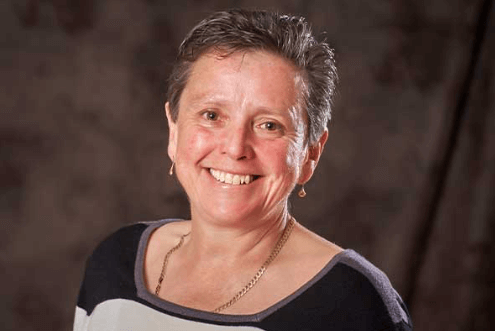Glaucoma is usually caused by a build-up of pressure within the eye.

It often affects both eyes, usually to varying degrees; one eye may develop glaucoma quicker than the other.
The eyeball contains a fluid called aqueous humour which is constantly produced by the eye, with any excess drained through a meshwork of tubes. Glaucoma develops when the fluid cannot drain properly and pressure builds up, known as intraocular pressure. This can damage the nerve fibres from the retina and also the optic nerve, which connects the eye to the brain.
There are a number of types of glaucoma
- Chronic Open Angle Glaucoma (COAG): the most common and has few symptoms. It occurs because the drainage canals have become blocked.
- Primary angle closure: rarer and, although caused by a blockage, is very different from open-angle glaucoma. The eye pressure usually rises very quickly after sudden closure of the drainage angle. Symptoms include severe eye pain, headache and nausea.
- Secondary glaucoma: often caused by an injury, inflammation or another eye condition.
- Congenital glaucoma: rare, serious and sometimes appears in children as a result of an abnormality in the eye. Symptoms include enlarged eyes, cloudiness of the cornea and light sensitivity.
The keys to successfully treating glaucoma are early diagnosis and regular check-ups
“In most cases, glaucoma is detected through routine sight testing. It’s one of the main reasons for patients to visit hospital eye departments.
“COAG is treated, in the majority of cases, with eye drops, but a small proportion of patients may require surgery. The diagnosis is not always clear-cut, and patients may need extensive observation.
“Treatment and regular monitoring prevent further damage by lowering pressure in the eye – early detection is vital because any glaucoma damage to your field of vision is irreversible. Optic nerve fibres are gradually and naturally lost as we age, but this decline is more dramatic in someone with glaucoma. Limiting damage to the natural deterioration is often achievable.”
Karen Goodall, PPG Clinical Director
In the UK glaucoma affects 2% of people over the age of forty
There is an estimated 500,000 people in the UK with the condition and it is estimated that only half of the people with glaucoma have been detected. The incidence of glaucoma is set to increase, given the nation’s ageing population, as the condition becomes increasingly common with age.
Other groups affected by the condition include people with African ancestry who are four times more likely to have the condition than those descended from Europeans. People of Asian descent also appear to be at increased risk for low tension glaucoma, where the optic nerve is damaged even though the pressure in the eye is not very high.
The most commonly affected group are family members. The most common type of glaucoma, COAG, is hereditary. If members of your immediate family have glaucoma, you’re at a much higher risk (four to nine times higher) than the rest of the population.
Most glaucoma can be treated in general ophthalmology departments, although some cases need input from a glaucoma specialist. The most common eye surgery is now carried out by such specialists, who have refined the process to improve the long-term success of the procedure in lowering pressure within the eye.

